Education for the Twenty-First Century
There has been a great deal written about the twenty-first century school. In the report “Tough Choices, Tough Times,” the National Center on Education and the Economy (NCEE) states that leadership in the twenty-first century requires:
a deep vein of creativity that is constantly renewing itself…a myriad of people who can imagine how people can use things that have never been available before…a world in which comfort with ideas and abstractions…creativity and innovation are the key.
This requires schools look and sound very different than the traditional schools. A woman ahead of her time, Maria Montessori understood that children already possess creativity and innovation as demonstrated through their inquisitive nature. Unfortunately many children loose that curiosity during their school years. In her book, The Absorbent Mind, Dr. Montessori noted:
If education is always to be conceived along the same antiquated lines of a mere transmission of knowledge, there is little to be hoped from it in the bettering of man’s future. For what is the use of transmitting knowledge if the individual’s total development lags behind?
Karlyn Adams report “The Sources of Innovation and Creativity” recommends schools that exemplify the characteristics of Montessori Classrooms.
These classrooms:
- Provide enough predictability that children feel safe, but allow for freedom of choice; Montessori teachers call this “freedom within limits.”
- Emphasize intrinsic motivation where children are absorbed in work that interests them developing concentration and independence; Montessori teachers call this “creating environments to support children’s changing interests, levels of independence, and motivations for learning.”
- Focus on “what did you learn” and not “how did you do?” Tests that reflect only on the product of learning do not encourage the kind of concentration and thinking involved in innovative problem solving. Montessori teachers think of this as focusing on the learning process as much as on the learning product, encouraging continual reflection on the quality of one’s work and ways to revise it provide a foundation for problem solving.
- Foster self-efficacy or a sense of capability to accomplish goals and undertake difficult tasks; Montessori teachers live with the mantra, “never do for children what they can do for themselves.”
- Are communities of learners; they develop children’s people skills allowing for ideas to be shared and refined with input from all– Montessori classrooms create this naturally in multi-age classrooms.
- Offer curriculum that fosters interdisciplinary connections around “Big Ideas” helping children to understand the connections across disciplines, ideas and experiences leading to innovative thinking to solve problems. Montessori teachers do this by focusing children on ideas like understanding the “basic needs of people,” “our connections to the environment,” and “the connectedness of all humans.”
It should come as no surprise that in a study of successful innovative business leaders published by the Harvard Business Review last year, the researcher noted that it was interesting that many of these business leaders attended Montessori schools. The researchers stated,
We also believe that the most innovative entrepreneurs were very lucky to have been raised in an atmosphere where inquisitiveness was encouraged. We were struck by the stories they told about being sustained by people who cared about experimentation and exploration. Sometimes these people were relatives, but sometimes they were neighbors, teachers or other influential adults. A number of the innovative entrepreneurs also went to Montessori schools, where they learned to follow their curiosity. To paraphrase the famous Apple campaign, innovators not only learned early on to think different, they act different (and even talk different).”
We encourage you to consider MTAD Schools when seeking a school to prepare your child for life in the twenty-first century.
